Crested geckos are mainly arboreal animals, meaning they like to spend their days in the trees and shrubs. You’ll often find them high up in the wild in the branches looking for food, like fruits, pollen, insects, and nectar.
But in captivity, your crested gecko might come down from the trees and hang out on the floor of its habitat.
There could be lots of reasons why they do this, like:
- Trying to find the right temperature
- Hunting for food
- Laying eggs
- Just plain exploring or hiding
Whatever it is, using the right substrate in your buddy gecko’s cage is essential. If you don’t, they might accidentally eat something that could give them impaction, which can be really dangerous and even fatal.
So, remember to get a suitable substrate for your crestie to keep them safe and healthy!
What To Look For in Crested Gecko Substrate
Finding the right substrate for your crested gecko’s enclosure can be a daunting task. Well, don’t worry, I’m here to make it easy for you!
The size of your tank should be a major deciding factor when picking out the best substrate, so don’t go overboard. You don’t want too much substrate piling up that will go unused or insufficient when you’re cleaning out your tank.
These arboreal creatures don’t need fancy substrates because they spend their lives in the ‘trees’ of their tanks.
Here’s what you should look for when buying bedding for your little pal:
Maintains Humidity
Your pet lizard needs a humid environment, not wet, and you can help ensure they are comfy by selecting a good substrate. It should allow for humidity levels between 60-80%. A paper towel is a great option to reduce moisture, while sphagnum moss and coconut fibers can help maintain it.
Easy To Clean
Although your arboreal crested gecko may not use it much, a substrate is still essential; it serves multiple purposes. Primarily, it catches any mess. Some substrates break down the waste, while others absorb it until you can clean it. If convenience is important to you, your substrate should be easy to clean.
That means regular spot cleans and deep cleans every once in a while. Depending on the type of substrate, it could involve scooping out the wet/dirty material and adding clean stuff back in or even taking the tank apart.
Poses a Very Low to No Impaction Risk
Despite their small size, your little monster may attempt to consume objects larger than them, especially when young and curious.
Loose, nonbiodegradable substrates like sand, soil, reptile sand, and wood chips/shavings can all be swallowed accidentally and cause a digestive blockage called impaction.
This can be a painful and sometimes even fatal issue if it’s not treated quickly by a vet. Surgery may be required to remove the blockage, so it’s essential to keep an eye on your pet and its environment to prevent such an occurrence.
Hygiene
When choosing a substrate for your pet gecko, ensure it won’t lead to bacteria, parasites, or mold. Go for something that won’t rot but still maintains the proper humidity levels.
After all, you don’t want your crestie’s home to get all slimy and gross! Just be sure to watch out for any bugs or mildew; if something’s not quite right, it’s time to switch out the substrate.
Supports a Bioactive Setup (Optional)
If you want a bioactive enclosure, it is important to use a good substrate to support it. You need something that provides good drainage and can be a home for diverse plants and the little critters like isopods and springtails that help keep it clean. You could try sphagnum moss or coconut fiber; they are natural, bio-degradable, and perfect for your tiny friends.
Best Substrates for Crested Geckos
The most suitable substrates for crested geckos are soft, dense, natural, and have good moisture retention properties with minimal risk of impaction. These substrates include:
1. Compressed Coconut Fibers
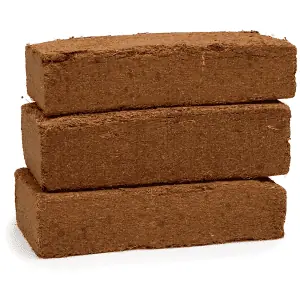
You need to soak it in water for a bit, and the package, once decompressed, expands into enough substrate to fill your ten-gallon tank at least one inch high, about seven to eight liters. And the benefits don’t stop there!
It’s hypoallergenic and naturally mold-resistant, so you won’t have to clean it up often. Plus — if your reptilian companion accidentally eats some of it, no worries. It’ll pass without a problem. Coconut coir is great as it retains moisture well, keeping your reptile’s humidity levels in check. Best of all, it’s easy to spot and clean if your crestie makes a mess, scoop out the soiled section.
With proper maintenance, this stuff should last you a couple of months before needing to replace it. The only cons would be that it can get quite dusty when dry and smell funky when soaking. Even after the soak, breaking apart can be a tad tough.
🦎 Find the Eco Earth compressed coconut fibers on Amazon
2. Loose Coconut Fiber
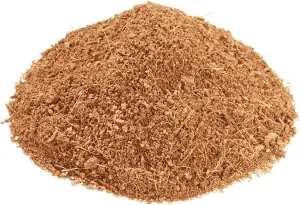
It’s the same thing, but all it takes is spreading it out across the bottom of your tank. The only downside is that it’s a bit pricier than the compressed bricks, but convenience comes at a cost!
🦎 Find the Eco Earth loose coconut fibers on Amazon
3. Coconut Chip Substrate
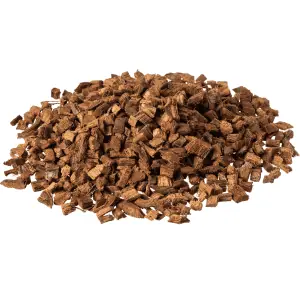
Plus, its larger pieces won’t likely be eaten by your gecko. This product helps reduce tank odor by absorbing and encapsulating waste, scooping out any messes daily, and lasts for months. Although this substrate has some cons, mainly that it can get very dusty if not kept humid, it’s still a great option. After all, one brick can cover up to 2.5 cubic feet once soaked!
🦎 Find the ReptiChip coconut chips on Amazon
4. Terrarium Floor Liners
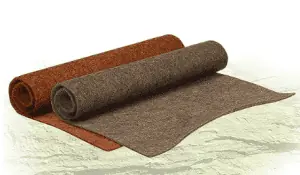
Every week, you should thoroughly clean your liner to avoid bacterial buildup and mites. For best results, throw it in the washing machine with baking soda and vinegar, not soaps or powders that can leave behind residues.
And don’t worry about your little scaly friend ingesting any small pieces. The smooth, soft surface won’t harm their delicate bodies or feet.
🦎 Find Zilla Reptile Terrarium Floor Liners on Amazon
5. Tropical Plant Soil
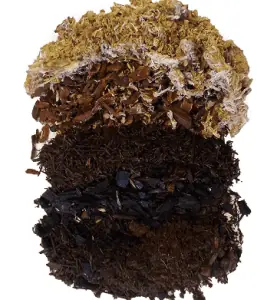
It blends soil, sphagnum moss, and larger-sized chunks for drainage and airflow. Your plants will thrive in it since it has all the necessary nutrients; plus, it holds moisture well and takes a while to break down.
Cleaning is also easy: peasy, scoop out the soiled sections. For more experienced keepers, this soil is perfect for creating a complete ecosystem. You can even add springtails and isopods for a little added fun.
🦎Find Josh’s Frogs ABG Mix Tropical Plant Soil on Amazon
6. Terrarium Moss
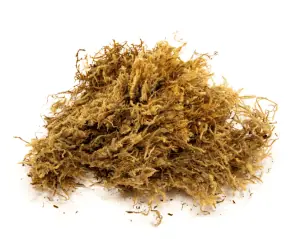
Plus, it’s one of the cheapest options: you can cover a 30-40 gallon tank with it for around half the price of other substrates. All in all, sphagnum moss is a great choice.
🦎Find Zoo Med Terrarium Moss on Amazon
7. Paper Towels or Newspapers
Paper towels or newspapers are an easy, low-maintenance choice for your pet reptile’s enclosure, a great option if you’re on a budget too!
Sure, it won’t win any beauty contests, but little ones and juveniles are especially safe as there’s very little risk of them accidentally ingesting something they can’t pass. All you gotta do is mist it daily and remove the soiled bits, your buddy will love you for it!
The downside is that these materials don’t hold moisture for long, so you’ll likely have to keep misting more than you would with other substrates.
8. Fiber Mat
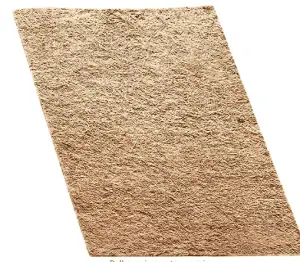
Plus, it pulls moisture without getting overly wet, so you can ensure your gecko’s habitat is just the right humidity. It also won’t crumble into tiny pieces, so you don’t have to worry about them accidentally ingesting it.
And if it gets dirty? No problem; give it a good rinse, and you’re ready to go again!
🦎Find SunGrow Coco Fiber Mat for Pets on Amazon
Substrates To Avoid
When it comes to substrate choices for Crested Geckos, some substrates should be avoided. While these substrates may seem like a good option, they can be hazardous and may potentially cause harm to the gecko.
Sand
Regular sand for your crested pal enclosure is not recommended, as it can easily get dusty and stick to your pet. This can also happen when feeding insects to your gecko, leading to accidental ingestion of sand.
However, small amounts of non-toxic play sand can be mixed in with other substrate options.
Wood Shavings
You should avoid using sawdust and mulch for your crested gecko’s habitat. It could cause impaction, and small, lightweight pieces can be dangerous. Cedar and pine are toxic to almost all reptiles, so you want to avoid those at all costs.
Walnut Shells
Walnut shells are a big no-no for cresties, even crushed ones. The shells contain tannins that can be toxic, plus they have sharp edges that could cut into your little friend’s soft insides.
Your crestie really doesn’t need any extra risks. This is one thing you should stay away from.
Straight Soil
You should never use potting soil mix, garden soil, or dirt from your yard for your gecko’s environment. It could lead to dangerous impaction if they end up eating it.
If you want to add live plants, you’ll need some soil-like substrate, and sphagnum moss is your best bet to create a barrier over the soil.
Animal Litter
Cat litter and similar litter contain granules that can harm your gecko and be swallowed easily. If a gecko ingests the highly absorbent litter, it could result in impaction.
Gravel and Pebbles
These items must be washed when they get dirty, which takes up much time. Additionally, they do not contribute to the natural appearance of a rainforest vivarium.
Do Juvenile Crested Geckos Need a Different Substrate From Adults?
Be aware that young crested geckos are curious and may taste their surroundings. As hatchlings and juveniles, they are small and, therefore, more prone to accidentally ingesting things they shouldn’t.
You should use a substrate with a low risk of ingestion and easy to clean. So, if you have hatchlings or juvenile cresties under six months old, I suggest using the following:
- Old newspapers, paper towels, or reptile carpets are a good substrate for your hatchling and juvenile geckos. However, if you notice them eating the paper, switch to sturdier butcher paper, which is less likely to tear.
- You can also go without a substrate, no mess, no fuss! But remember: you’ll need to do a daily clean-up to keep bacteria and water buildup at bay.
What To Avoid When Choosing a Substrate
Avoid substrates with small, rough, sharp, and non-biodegradable particles: they can present a real danger of impaction if your gecko ingests them.
Furthermore, you’d also steer any substrates with additives such as vermiculite, perlite, or fertilizer: they’re definitely unsafe for your gecko. It’s also best to avoid substrates with high calcium levels, as they can cause an imbalance in your gecko’s diet. Finally, never use too moist substrates: they can cause respiratory problems.
Is Substrate Necessary in a Crested Gecko Vivarium?
Since crested geckos are arboreal, which means they inhabit trees and spend their life off the ground, you might be wondering, is it necessary to have ground covering for them?
The answer is yes! Even though they usually live up high, crested geckos in captivity may occasionally come down to feed, lay eggs, or explore.
Plus, having a suitable substrate in their tank helps keep the humidity high, crucial for maintaining their health. If you want to create a habitat as close to their natural one, you’ll need living plants there.
That means you’ll have to find a substrate that can provide a base and nutrition for the plants but still be safe for your crestie.
Is There One Ideal Substrate?
There is no ideal option regarding the substrate or floor covering of your crested gecko’s home. Though many opt for sphagnum moss, organic soil mix, or coconut husk, what works best for each gecko and its keeper is subjective. Depending on the size of your gecko friend and its needs, you may find that a different substrate works better for you.
For example, crested geckos that are kept in small enclosures may benefit from paper towels as a substrate because they are easy to clean and provide a safe and sanitary option. On the other hand, crested geckos kept in larger enclosures may prefer something more natural, like moss or coconut husk, as these materials can provide a more stimulating environment.
What About Bioactive Substrate?
I would recommend using a bioactive substrate if you want a high-quality natural substrate. It’s a blend of various natural substrates and can last for many months before needing to be replaced. To make a suitable bio-active substrate, you will need to include the following:
- Elements to create a substrate that drains well: Use a mixture of 10% sand, 5% orchid bark, and 5% cypress mulch.
- Elements that provide structure and retain water: Add 10% peat moss and 30% coconut husk or coir to the mixture.
- A sturdy potting soil foundation: Use 40-50% organic potting soil that does not contain fertilizers, perlite, or vermiculite.
The trick is to keep it damp but not soggy, so give it a good spray occasionally. It’ll make your crested gecko’s habitat look and feel more like home! Finally, remember to keep an eye out for any potential health issues.
Take Care!
The best substrate and bedding for your buddy gecko is that which meets their unique needs. It should be moisture-retentive, provide a reliable source of moisture and humidity, and should be non-toxic if ingested.
As with all pet care decisions, ensuring that the substrate and bedding you choose for your reptilian pal are safe and appropriate for their needs is important.
Have you found the right substrate and bedding for your crested gecko? What tips do you have for finding the best setup for them? Share your thoughts in the comments below.

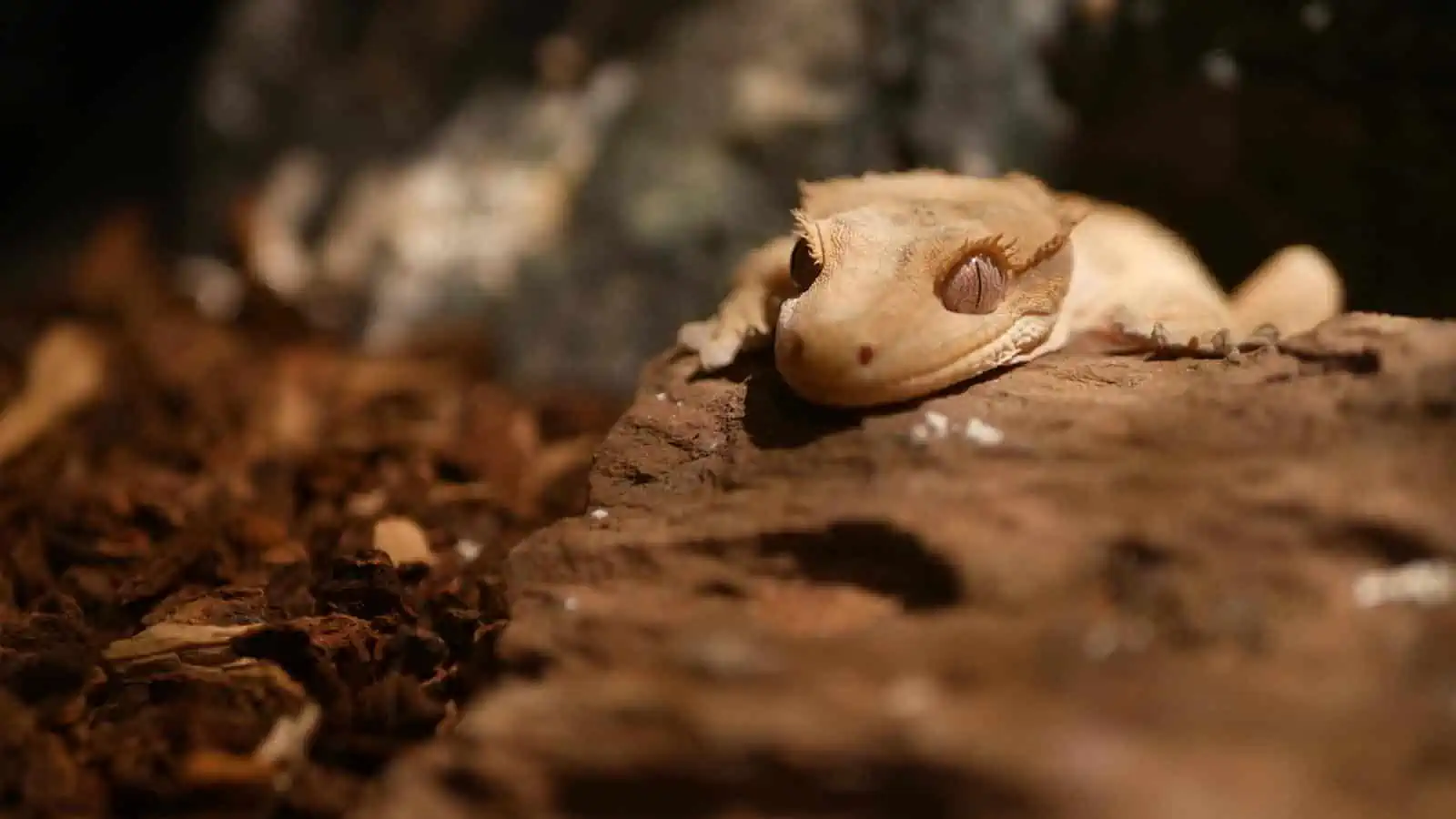
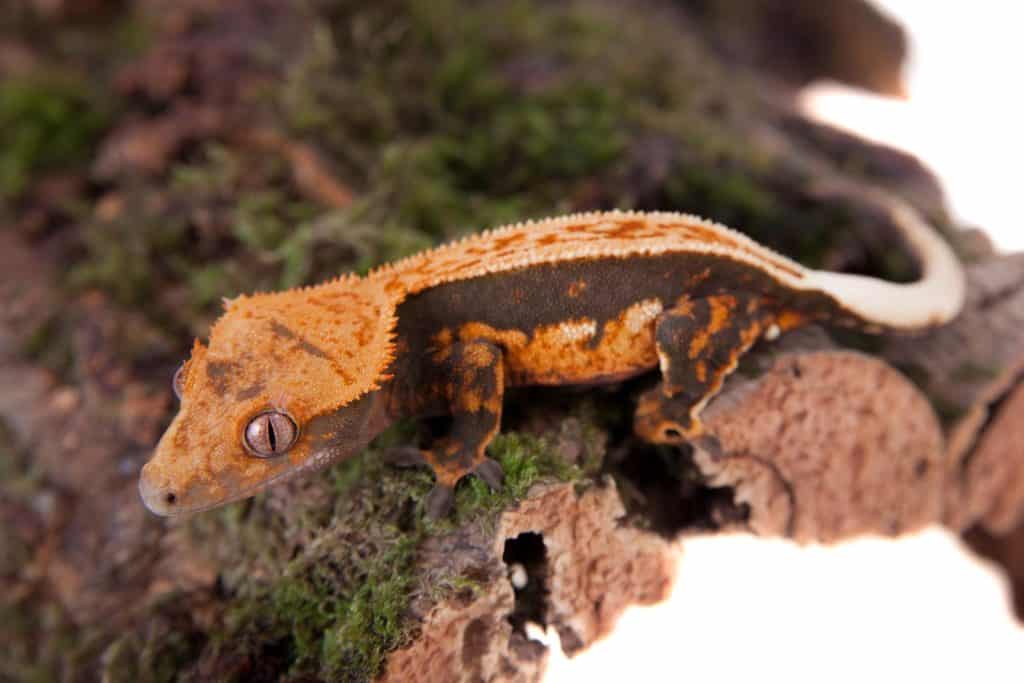

2 Comments
Thank you this was really helpful!
I like how you give brief but important, information.
That’s fantastic to hear, Justice!